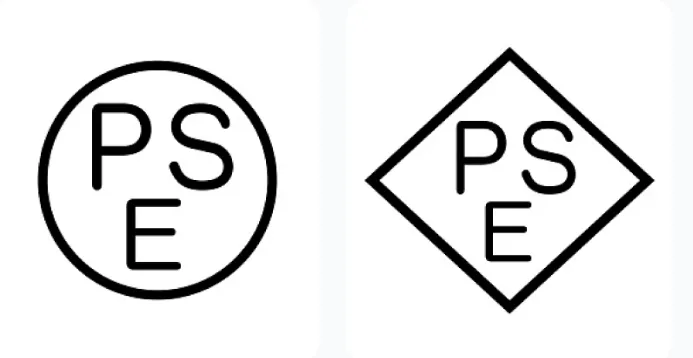
How to apply for SRRC Certification?
srrc certification
The fULl name of SRRC certification is Radio Type Approval Certification. It is a mandatory certification requirement set by the State Radio Regulation Commission of China, aimed at ensuring the legal use of radio equipment within China, safeguarding the orderly allocation and utilization of radio frequencies, and protecting the security of the national radio spectrum resources.
Below are the details of SRRC certification:
1. Scope of SRRC Certification:
SRRC certification applies to a range of radio equipment, including but not limited to Bluetooth devices, Wi-Fi devices, wireless routers, mobile phones, remote control devices, vehicle-mounted wireless devices, Radio Frequency Identification (RFID) devices, radio transmission equipment, wireless surveillance equipment, etc.
2. SRRC Certification Application Process:
1. Sign a contract with the laboratory.
2. The company prepares certification materials, sends samples to the laboratory, and the laboratory conducts preliminary testing (usually 1-2 weeks).
3. Submit materials to the Ministry of Industry and Information Technology (MIIT) application system (usually 3-5 working days).
4. Upon material approval, a non-committee laboratory is assigned, and the samples are sent to the laboratory for testing.
5. Laboratory queues, and official testing begins (urgent service fees can skip the queue time).
6. The laboratory conducts testing; if the product fails, a non-compliance report is issued and uploaded to the system for payment by the manufacturer. If the product passes, a compliance report is issued and uploaded to the system (test cycle generally takes 8 working days).
7. Review the report.
8. Issue certificate (ID number is assigned within two weeks after report submission, and the certificate is issued two weeks later).
9. Upload sales contract.
3. RequiRED Documents (detailed requirements and templates are available, contact via WeChat for more information):
1. Radio transmitter model approval application form.
2. Radio transmitter model approval commitment letter.
3. Business license of the applicant.
4. ISO9001 certification of the applicant.
5. Company profile of the applicant.
6. OEM cooperation agreement.
7. OEM business license.
8. OEM ISO9001 certification.
9. OEM company profile.
10. Approval authorization letter.
11. Block diagram, circuit diagram, product manual, and product technical specification.
12. Key RF component list.
13. Product photos.
14. Nameplate.
15. Motherboard photos.
16. Model approval testing service commitment letter.
17. Model approval sample information sheet.
18. Gain and line loss statement.
19. MIIT account password.
4. Sample Requirements:
1. Sample quantity: 11 sets of mobile data terminal samples (5 WiFi/Bluetooth conduction fixed-frequency samples, 5 2G/3G/4G/5G conduction samples, 1 complete unit).
2. Bluetooth/WiFi requires 1 complete unit + 5 conduction fixed-frequency samples (with RF output line), and tools and methods to enter Bluetooth/WiFi testing mode; Bluetooth devices should also provide Bluetooth version, antenna gain, and RF line loss. WiFi devices should provide the supported standards, antenna gain, and RF line loss.
3. Short-range products generally require 1 complete unit + 5 conduction fixed-frequency samples (with RF output line), and tools and methods to enter fixed-frequency mode.
5. Certificate Extension:
Certificate extension: Apply for an extension 30-90 days before the certificate expires.
No testing is required for extension; documents must be consistent with those previously submitted.
6. Sales Record Filing:
Before the promised product sales date, submit the sales proof document for the product.
7. Post-Certification Market Sampling:
The State Radio Regulation Commission will randomly conduct market checks on certified products, testing them in designated laboratories. Inspection personnel may also visit factories to sample products, so it is crucial that the certified product matches the actual shipped product!
Email:hello@jjrlab.com
Write your message here and send it to us
 What is Amazon TIC and How Can Sellers Achieve Com
What is Amazon TIC and How Can Sellers Achieve Com
 2026 Battery UN38.3 Certification (Test Report) &a
2026 Battery UN38.3 Certification (Test Report) &a
 What is the IEC 62680 Standard? Compliance Interpr
What is the IEC 62680 Standard? Compliance Interpr
 Amazon Japan December Compliance Requirements
Amazon Japan December Compliance Requirements
 How to Check a CPSC-Accepted Laboratory?
How to Check a CPSC-Accepted Laboratory?
 WEEE Registration for Waste Electrical &Electr
WEEE Registration for Waste Electrical &Electr
 MSDS Chemical Safety Testing
MSDS Chemical Safety Testing
 What Are the Differences Between UK REACH and EU R
What Are the Differences Between UK REACH and EU R
Leave us a message
24-hour online customer service at any time to respond, so that you worry!




